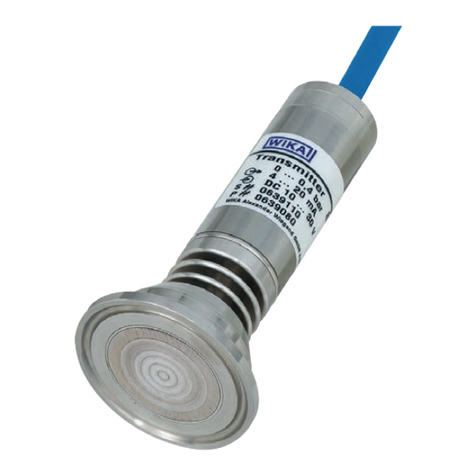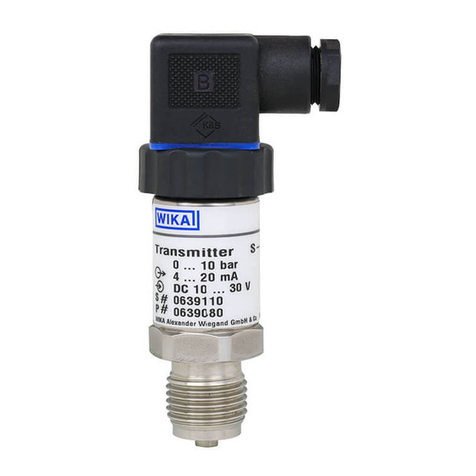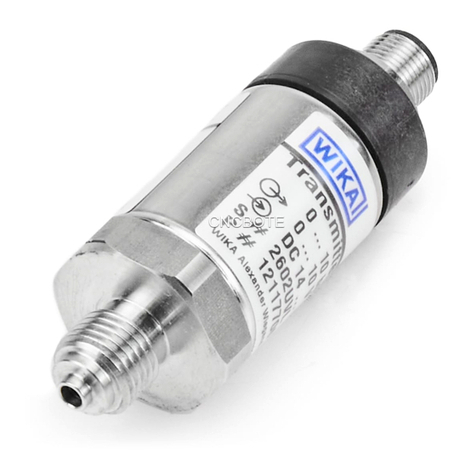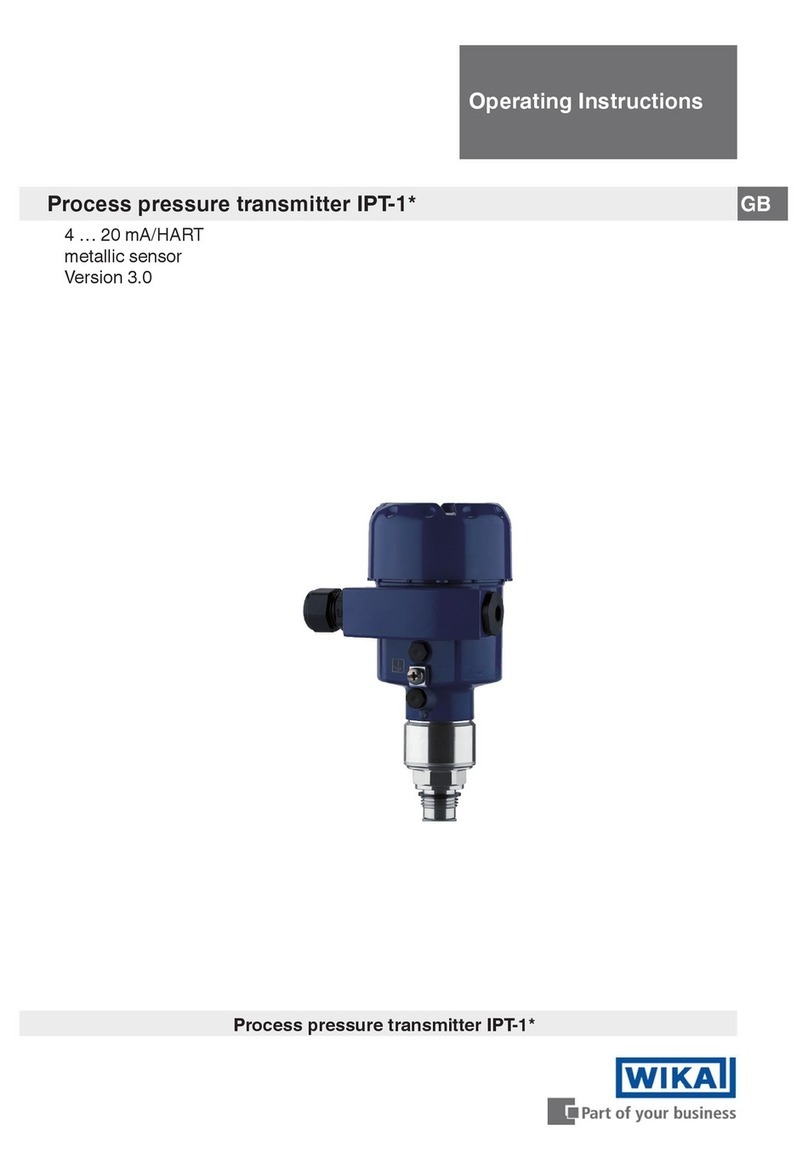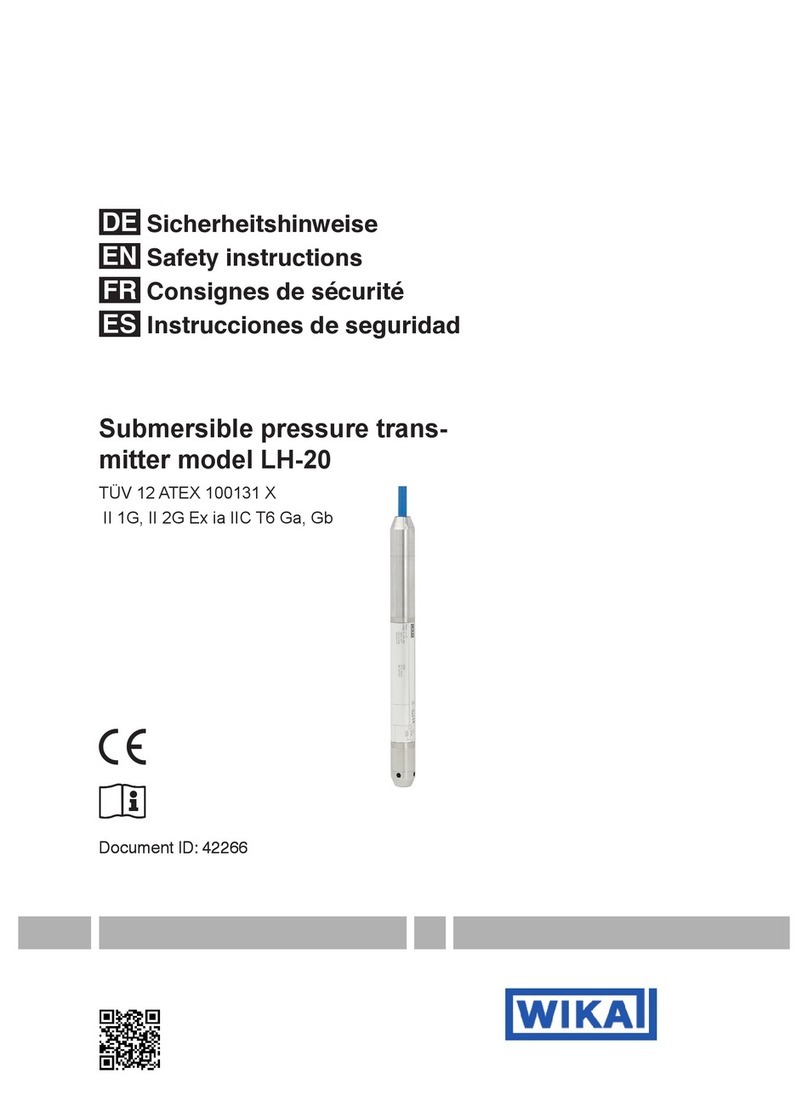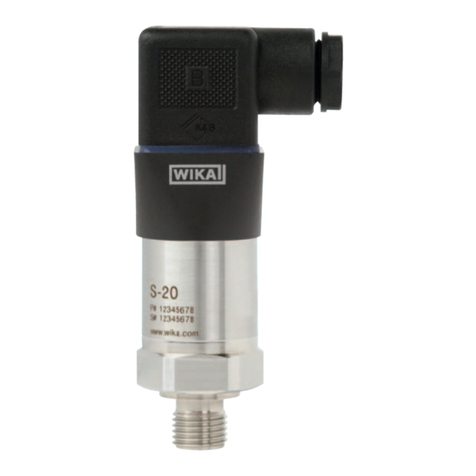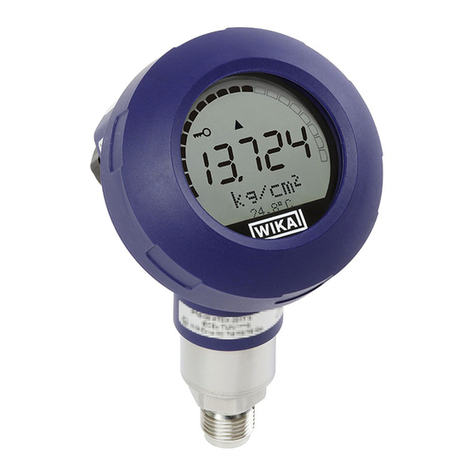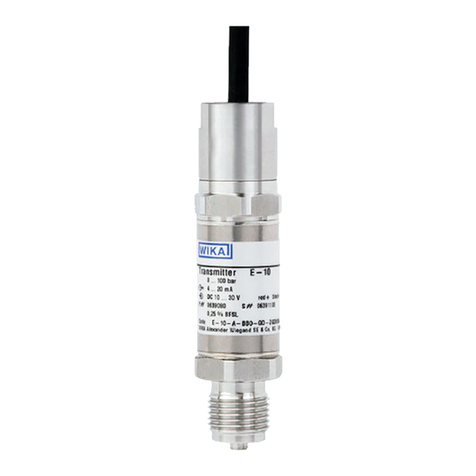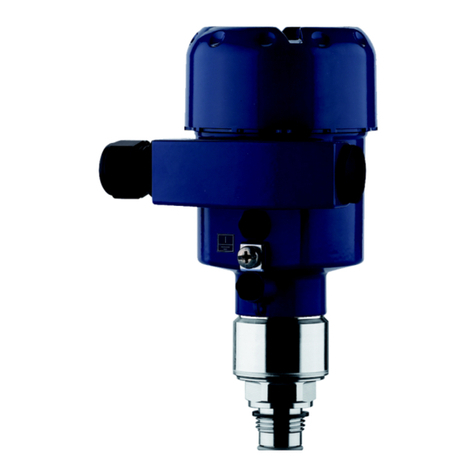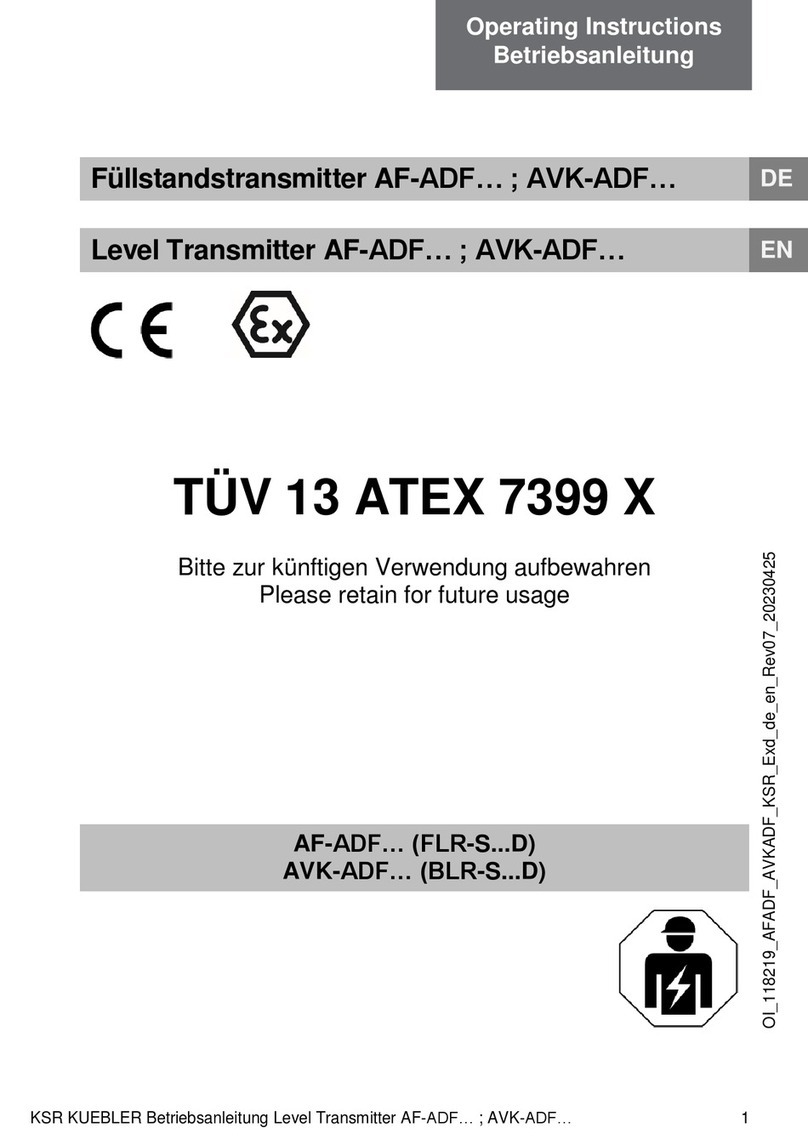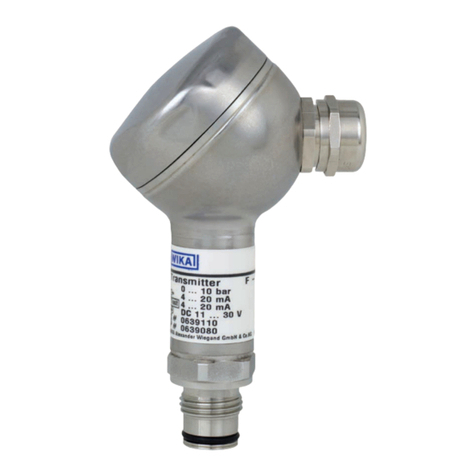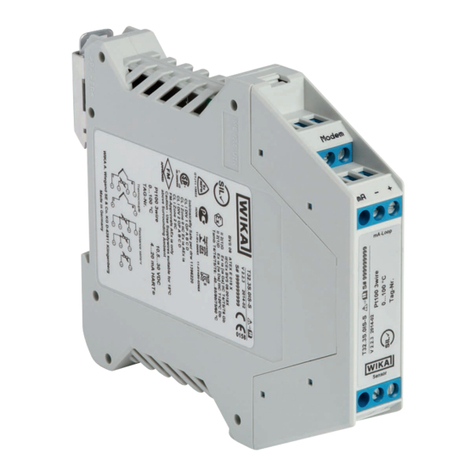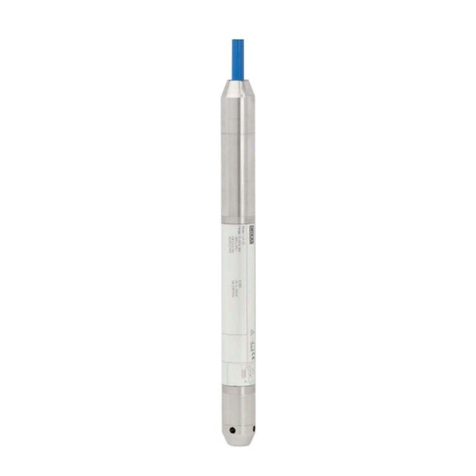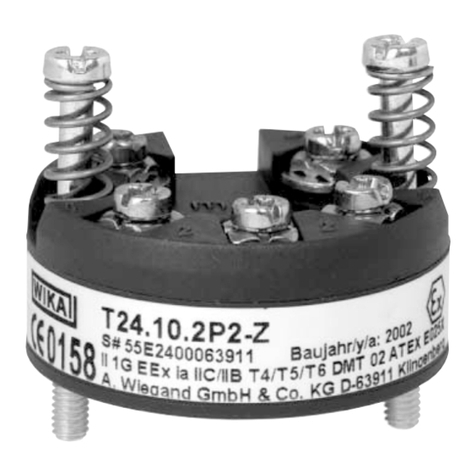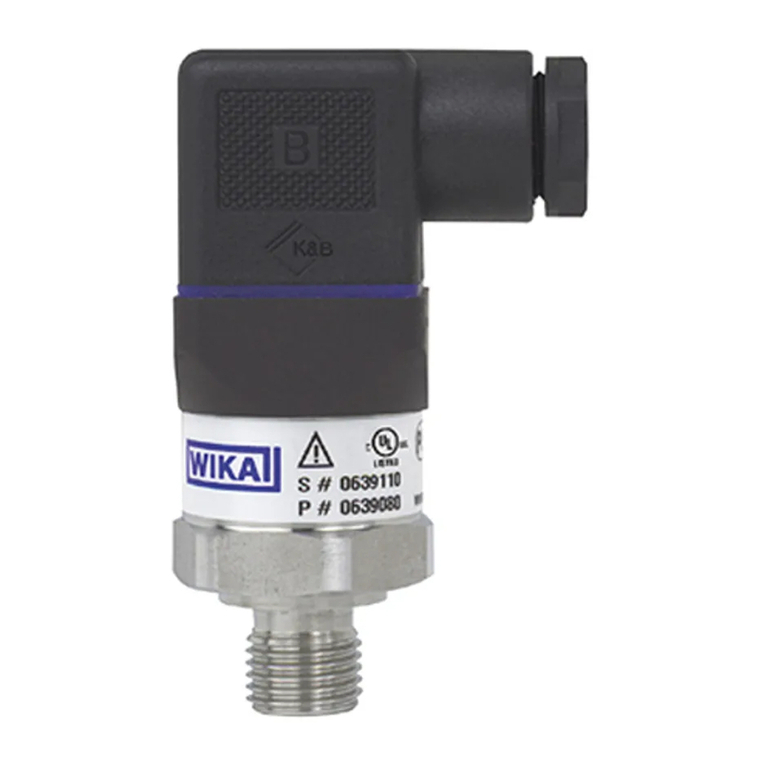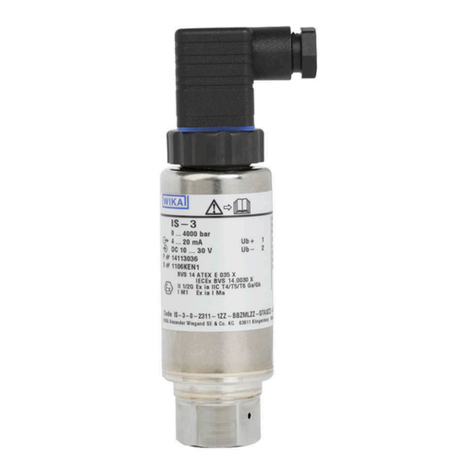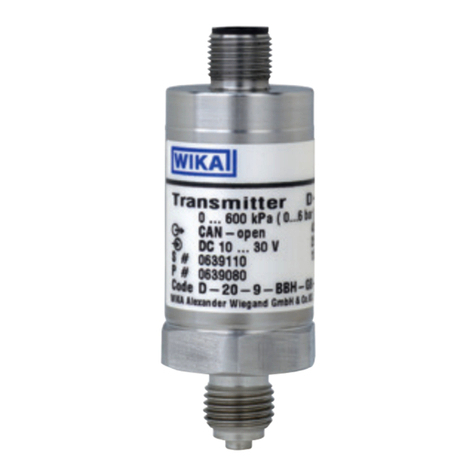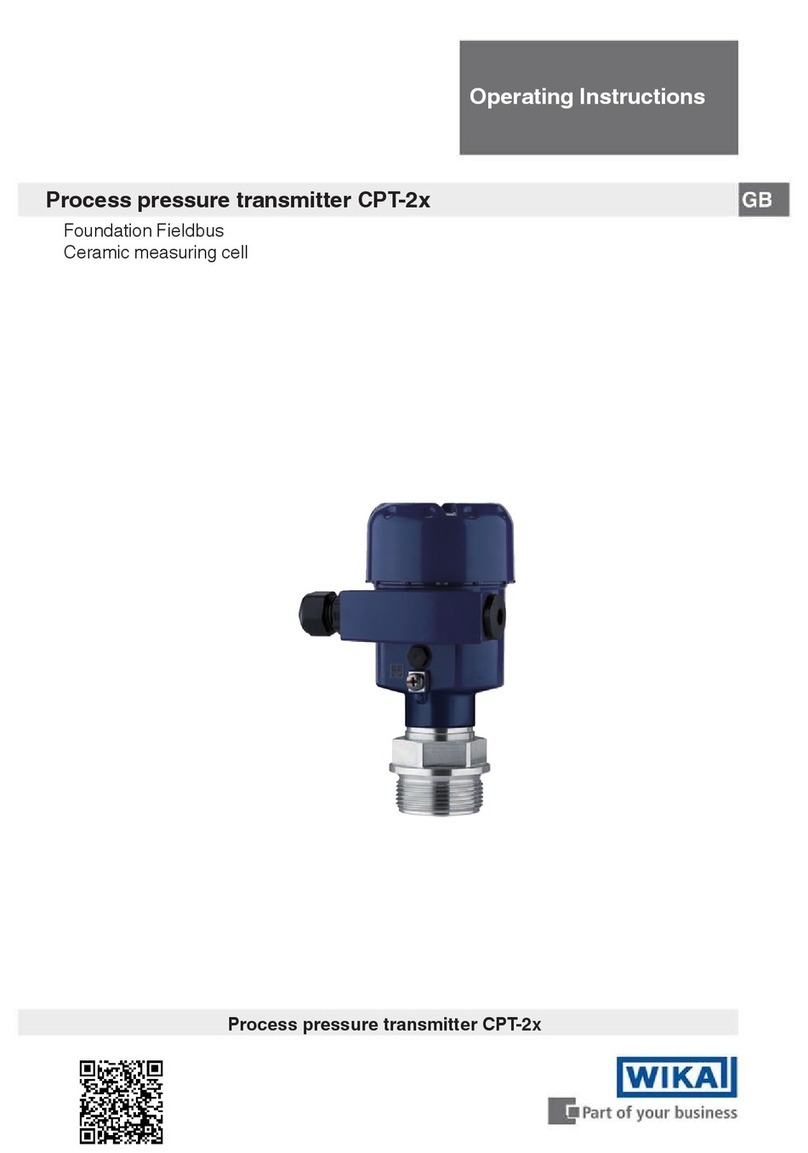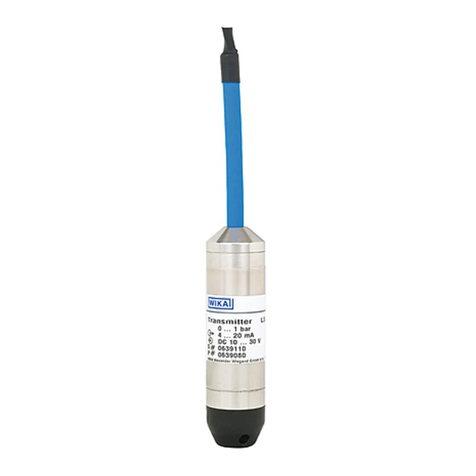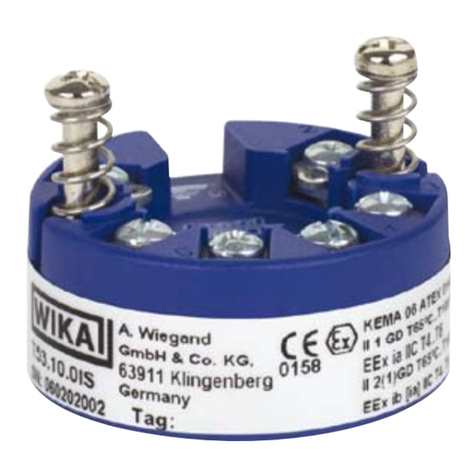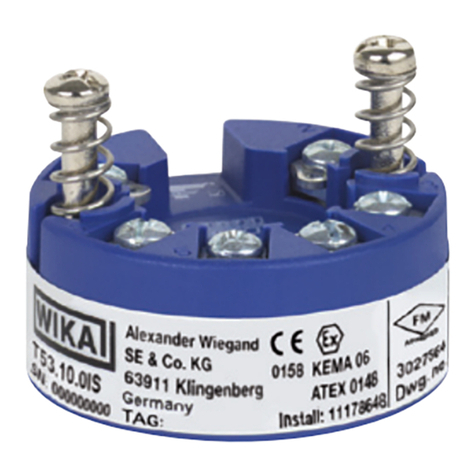Specifications Model N-10 / N-11
Pressure ranges psi 5 10 15 25 30 60 100 200
Over pressure safety psi 29 58 72 145 145 240 500 1160
Burst pressure psi 35 69 87 170 170 290 600 1390
Pressure ranges psi 300 500 1000 1500 2000 3000 5000
Over pressure safety psi 1160 1160 1740 2900 4600 7200 11,600
Burst pressure psi 1390 5800 7970 11,600 14,500 17,400 24,650 2)
Pressure ranges psi 8000 1) 10000 1) 15000 1)
Over pressure safety psi 17,400 17,400 21,750
Burst pressure psi 34,800 2) 34,800 43,500
{Vacuum, gauge pressure, compound range, absolute pressure are available}
1) Only Model N-10.
2) For model N-11: the value specified in the table applies only when sealing is rea-
lised with the sealing ring underneath the hex. Otherwise max. 21,000 psi applies.
Materials
Wetted parts(other materials see WIKA diaphragm seal program)
Model N-10»Stainless steel (> 300 psi stainless steel and Elgiloy®)
Model N-11»Stainless steel
O-ring: NBR {FPM/FKM}
CaseStainless steel
Internal transmission fluid Synthetic oil (not for N-10 with pressure ranges > 300 psi)
Power supply UBUBin VDC 10 < UB≤30 with signal output 4 ... 20 mA, 2-wire
6 < UB≤30 with signal output 1 ... 5 V, 3-wire low power
Signal output and 4 … 20 mA, 2-wire, RA≤(UB – 10 V) / 0.02 A
maximum ohmic load RARAin Ohm 1 … 5 V, 3-wire, RA> 10000
± 10 via potentiometers inside the instrument
Response time (10 ... 90 %) ms ≤1 (≤ 10 ms at medium temperatures below < -22 °F / -30 °C
for pressure ranges up to 300 psi or with flush diaphragm)
Specifications Model N-10 / N-11
Insulation voltage VDC 500
Accuracy % of span ≤0.25 (BFSL)
≤0.5 3)
3) Including non-linearity, hysteresis, zero point and full scale error (corresponds to
error of measurement per IEC 61298-2).
Adjusted in vertical mounting position with lower pressure connection.
Non-linearity % of span ≤0.2 (BFSL) according to IEC 61298-2
Non-repeatability % of span ≤0.1
1-year stability % of span ≤0.2 (at reference conditions)
Permissible temperature of
Medium 4) -22 ... +212 °F {-40 … +221 °F} -30 ... +100 °C {-40 … +105°C}
Ambience 4) -22 ... +212 °F {-40 … +221 °F} -30 ... +100 °C {-40 … +105°C}
Storage 4) -40 ... +221 °F {-58 … +221 °F} -40 ... +105 °C {-50 … +105°C}
4) Also complies with EN 50178, Tab. 7, Operation (C) 4K4H, Storage (D) 1K4,
Transport (E) 2K3
Compensated temp range 0 ... +80 °C 32 ... +176 °F
Temperature coefficients within
compensated temp range
Mean TC of zero% of span ≤0.2 / 10 K (< 0,4 for pressure range ≤250 mbar)
Mean TC of range% of span ≤0.2 / 10 K
Approval FM, CSA Non-incendive for Class I, Division 2, Groups A, B, C and D
Dust ignitionproof for: Class II, Division 1, Groups E, F and G
Maximum electrical ratings 30 V, 20 mA
RF-immunity V/m 10
Burst kV 4
Shock resistance g 1000 according to IEC 60068-2-27 (mechanical shock)
Vibration resistance g 20 according to IEC 60068-2-6 (vibration resonance)






